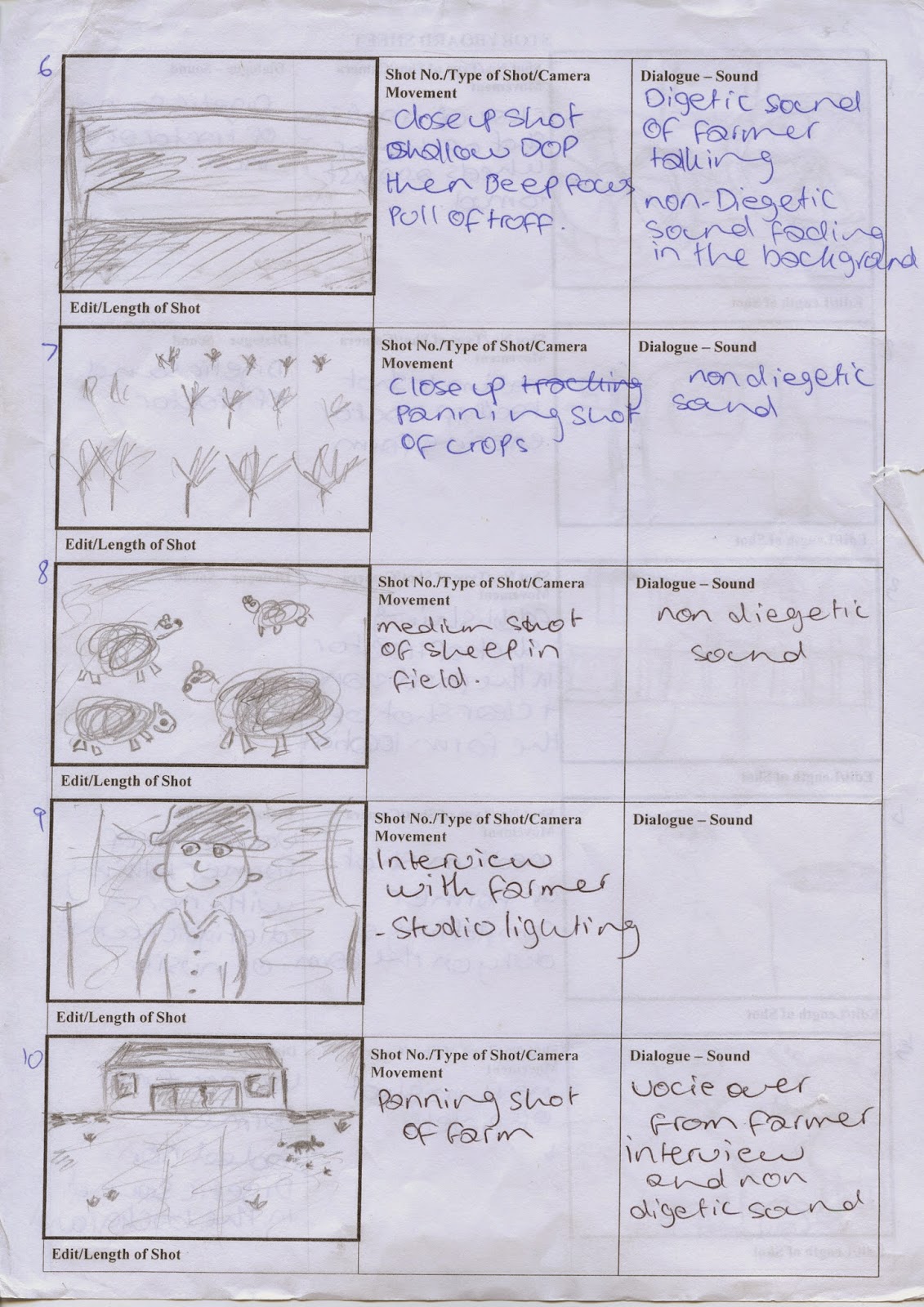This is the equipment will be used to help
us film our Trailer to gain the best high quality shots possible-
Nikon DSLR d7- This camera will be
used for capturing the footage for the trailer as its high quality and allows
us to capture shots at a high standard. Due to Megan assessing this camera its
allows us to compete different techniques such as focus pull shots and clear shots
to appeal to our audience. The lens is good quality and allows us to zoom into
a high definition picture in order to gain a high focused shot, zooming in to
the clear detail and mise es scent of the shot.
 Tripod- This tripod will be used to stabilize the camera and to
avoid camera shake. This will ensure a high standard and focused shot that the
audience can appeal too. The tripod is heavy and will prevent from tipping over
in the strong winds as we will be shooting on field locations in rural and open
stretches of ground where the winds will be strong and affect our equipment.
The tripod will come in handy when capturing the establishing location shots of
the farm location. The handle on the tripod allows us to fold it up and carry
it round the location, making it easier to get to each shot as quick as
possible.
Tripod- This tripod will be used to stabilize the camera and to
avoid camera shake. This will ensure a high standard and focused shot that the
audience can appeal too. The tripod is heavy and will prevent from tipping over
in the strong winds as we will be shooting on field locations in rural and open
stretches of ground where the winds will be strong and affect our equipment.
The tripod will come in handy when capturing the establishing location shots of
the farm location. The handle on the tripod allows us to fold it up and carry
it round the location, making it easier to get to each shot as quick as
possible.







